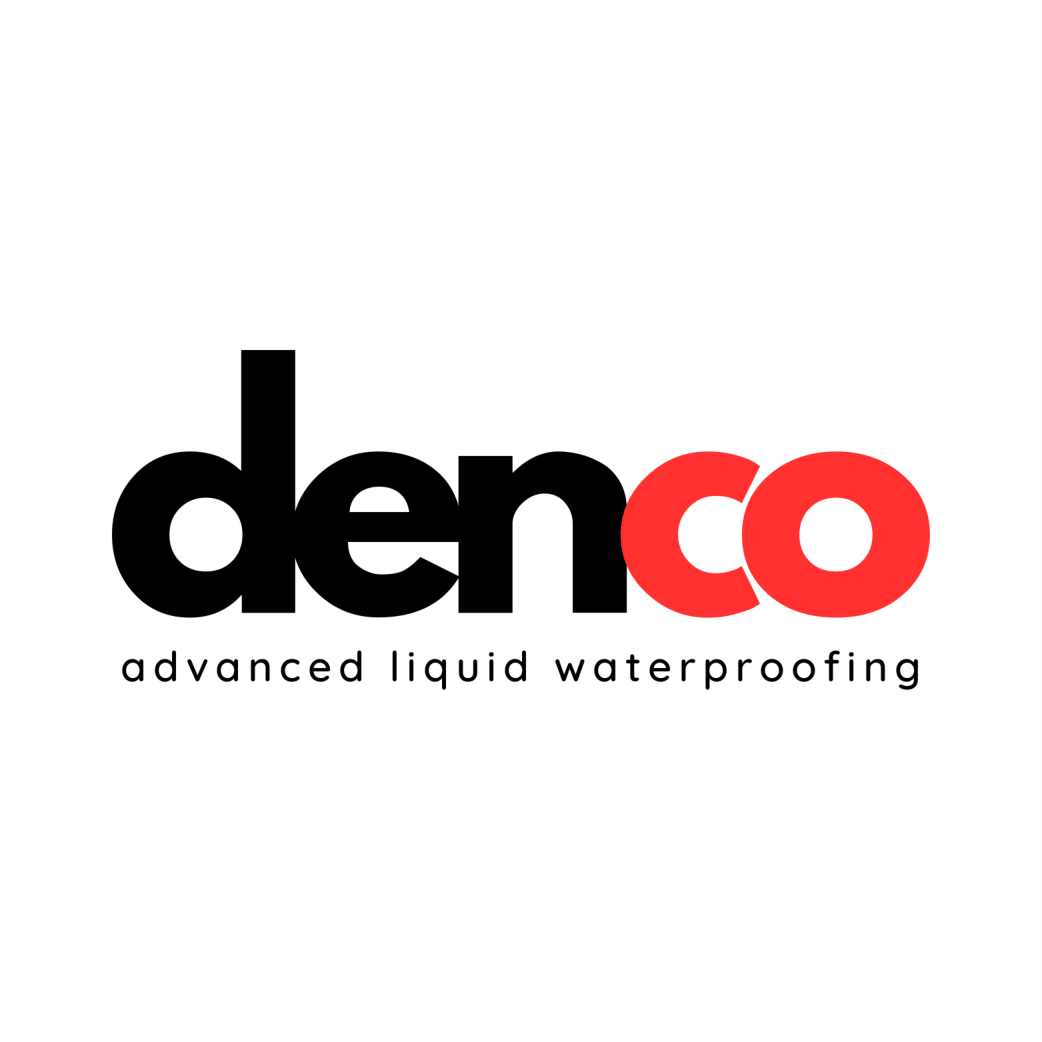Single-ply EPDM Rubber Roofing
Single-ply EPDM rubber roofing is a durable, weather-resistant material for flat and low-slope roofs. It offers a cost-effective solution with a lifespan of up to 20 years.
Single-ply EPDM rubber roofing stands out in the roofing industry. It is resilient and easy to maintain. This synthetic rubber membrane is black. Building owners like it. It can endure harsh temperatures and conditions.
The material is flexible. It’s ideal for roofs that expand and contract with changing weather. You can install it in three ways: ballasted, fully adhered, or mechanically attached. The process is easy and quick. It often causes little disruption to property operations. EPDM is a versatile roofing option. It works for many roofing needs. It provides a long-lasting, waterproof barrier. And it needs little upkeep.
Jump On
Advantages Of Single-ply Epdm Rubber Roofing
Single-ply EPDM rubber roofing offers remarkable benefits for buildings. Its features make it a top choice for new and retrofit roofing projects. Let’s explore these advantages in detail.
Durability
EPDM rubber roofs are incredibly durable. Here are some reasons why:
- They resist harsh weather like heavy rain and snow.
- EPDM can withstand high UV rays without breaking down.
- These roofs have a long life, often lasting up to 50 years.
Such resilience ensures long-term protection and fewer repairs.
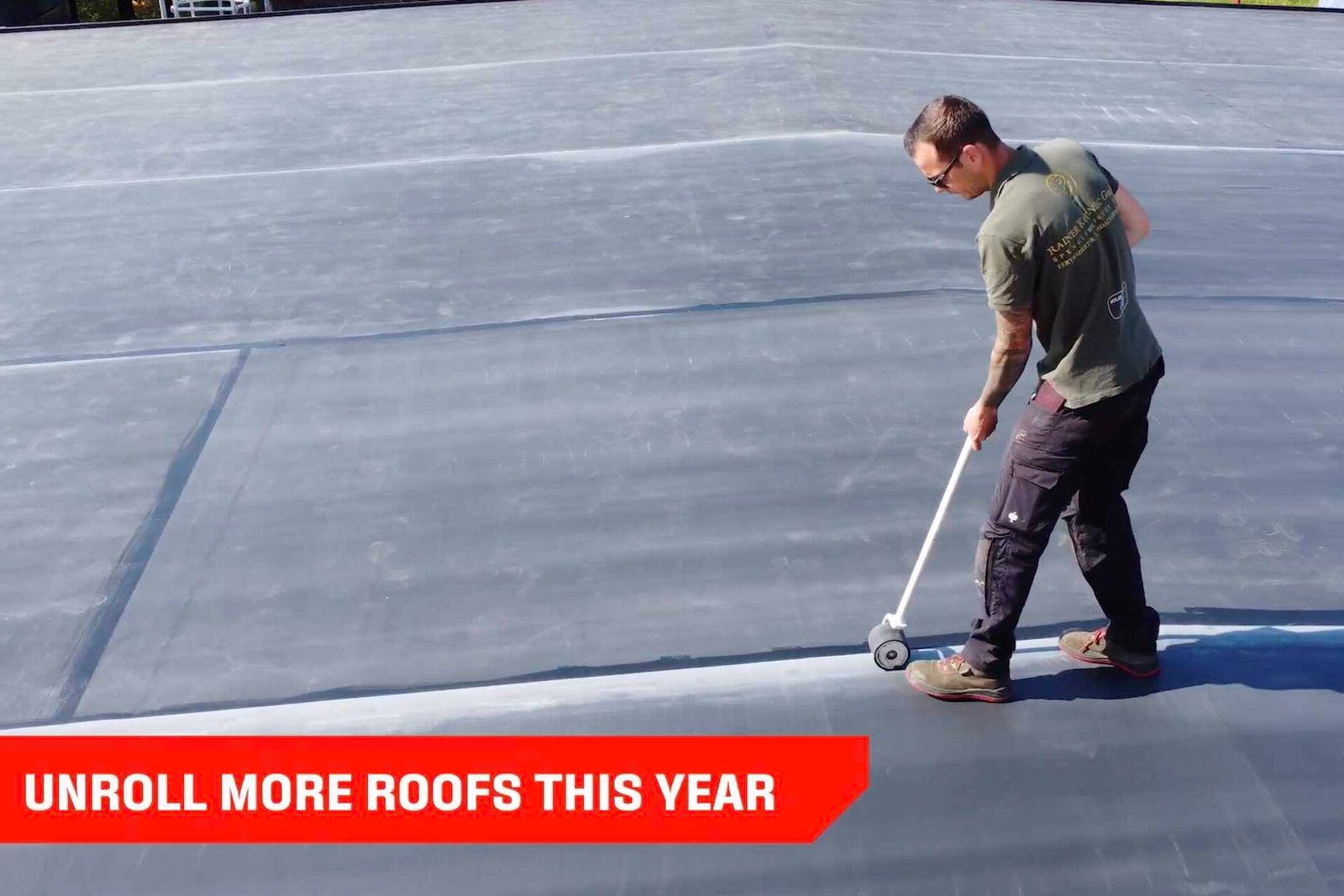
Installation process
Installing EPDM rubber roofing is straightforward. The process includes:
1
Rolling out the EPDM membrane over the roof surface.
2
Adhering the membrane with adhesive or fasteners.
3
Sealing seams to create a waterproof barrier.
This ease of installation leads to reduced labor costs and faster project completion.
Each of these advantages makes single-ply EPDM rubber roofing a robust and wise investment for your building’s roof.
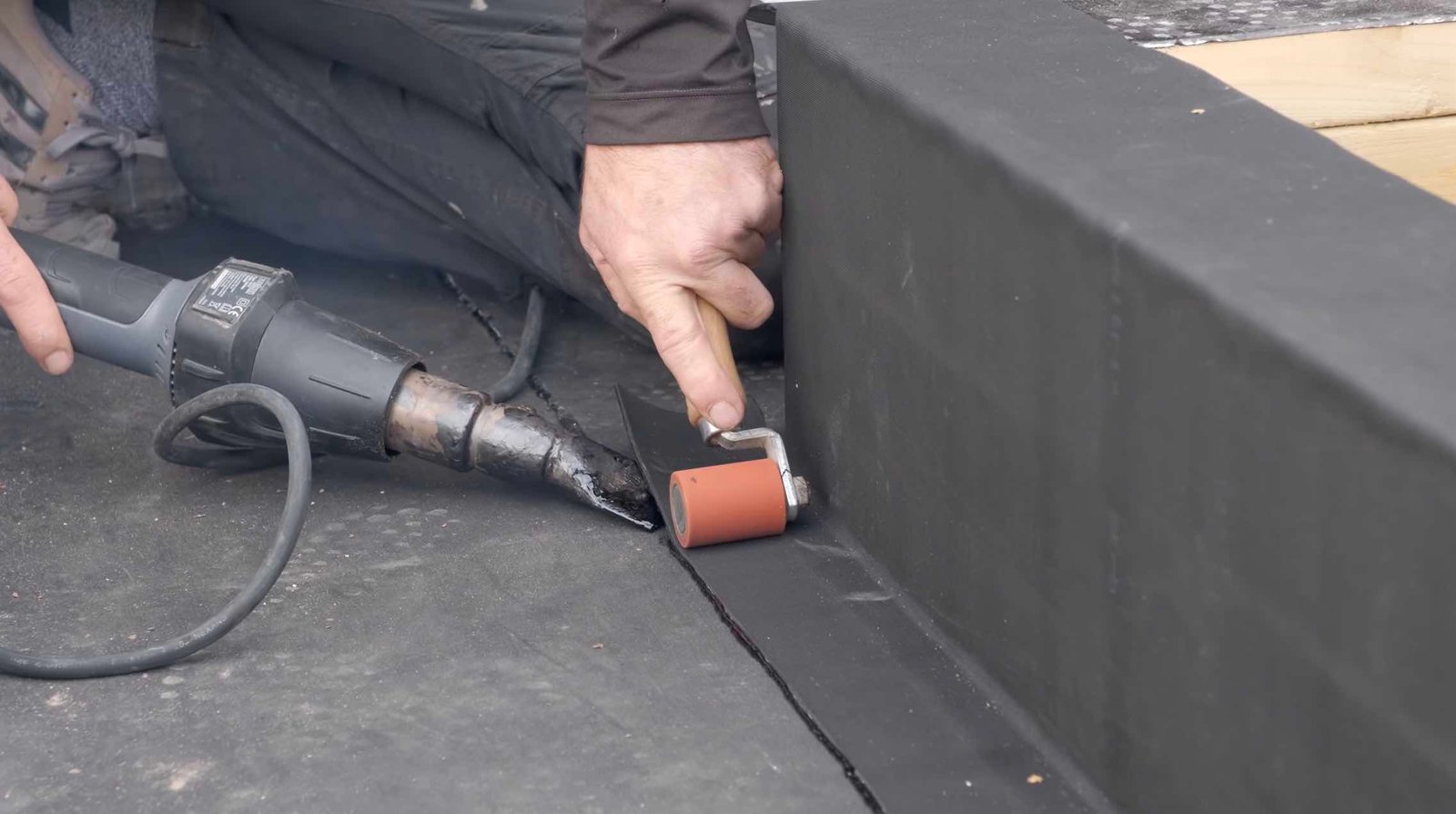
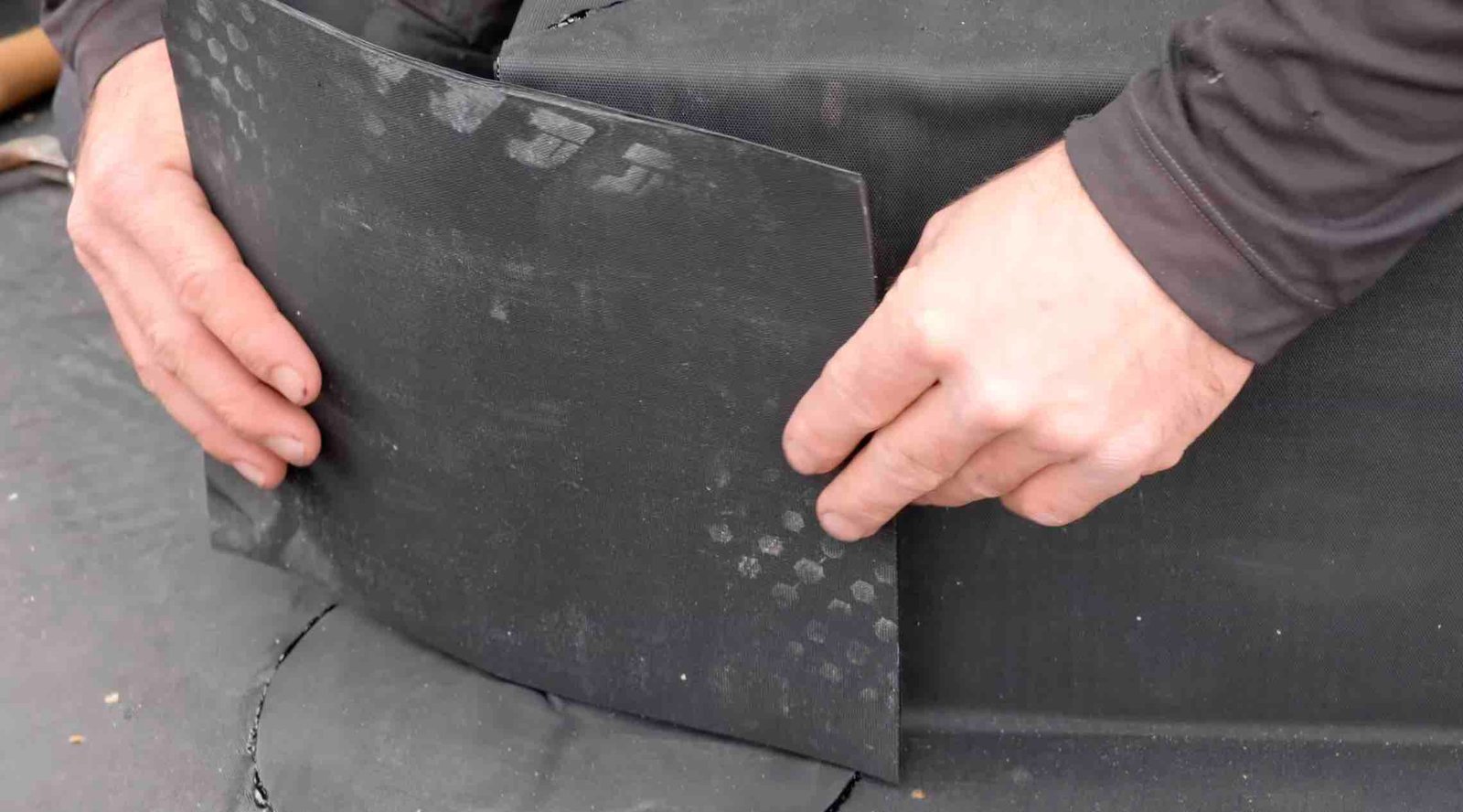
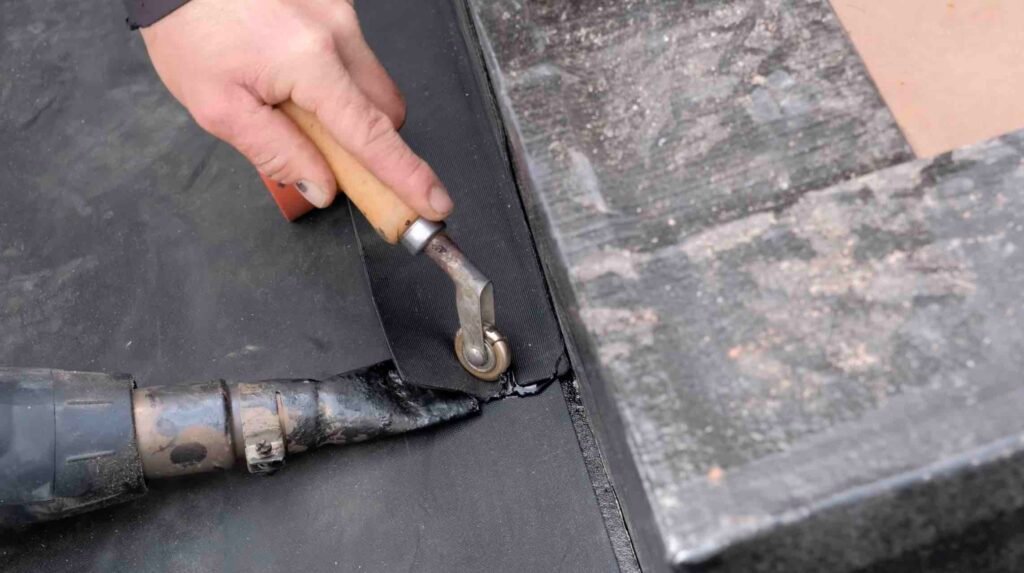
Types of Single-ply EPDM rubber roofing
When choosing the proper roofing for your building, single-ply EPDM rubber stands out. It does so for its durability and versatility. Three main types of EPDM roofing systems exist. Each has its installation method and benefits. Knowing the differences can help you make the best choice for your needs.
Mechanically Attached EPDM Roofing
Fully Adhered EPDM Roofing
Preparing For Single-ply Epdm Rubber Roofing Installation
Preparing for single-ply EPDM rubber roofing installation is a critical step. This ensures a long-lasting, durable roof. Homeowners and contractors must pay attention to several crucial steps. Let’s dive into the preparations necessary for a successful EPDM roofing project.
Roof Inspection
Before any work begins, a thorough roof inspection is essential. This identifies any issues that might compromise the new roofing system. Look for signs of damage, such as cracks or blisters. Ensure the roof is sound to support the new EPDM membrane.
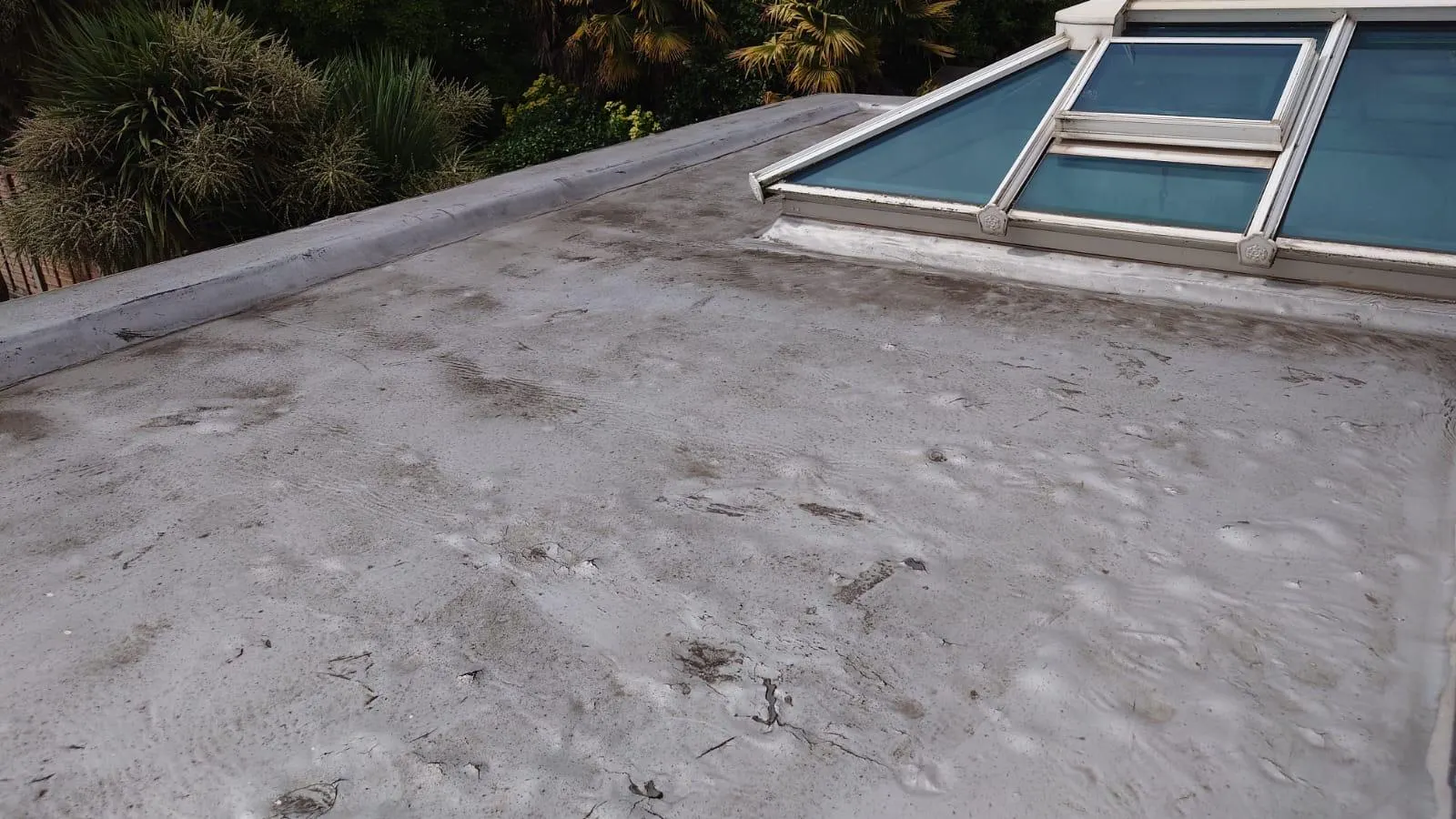

Surface Preparation
Surface preparation is the following. Clean the roof surface of all debris, dirt, and old roofing materials. The substrate must be smooth, clean, and dry. This helps the EPDM membrane adhere correctly and prevents future problems.
- Remove loose particles and dust.
- Fix any structural defects.
- Ensure no moisture is trapped.
Installation Planning
Proper installation planning saves time and money. Measure the roof accurately to order the correct amount of EPDM material. Consider weather conditions on the installation day. Plan the layout of the EPDM sheets to minimize seams and ensure efficient water runoff.
- Calculate the roof area.
- Check weather forecasts.
- Organize tools and materials.

Installation process for Single-ply EPDM rubber roofing
Installing single-ply EPDM rubber roofing requires precise steps. They ensure a durable, watertight finish. It’s a popular choice for flat or low-slope roofs due to its longevity and flexibility. By following the proper procedures, you can achieve a high-performing roof system. Let’s dive into the critical stages of the installation process
Applying the primer
To start, the roof surface must be clean and dry. Apply the high bond waterproof primer with a roller or brush. This ensures a strong adhesion for the EPDM membrane.


Laying the membrane
Before starting the laying installation, the roof surface must be clean and dry. This ensures a strong adhesion for the EPDM membrane to the previously primed surface. Unroll the rubber sheeting across the roof, allowing it to relax and flatten. This can take up to 30 minutes. Trim the membrane to fit the roof, with an overhang for the edges. Use adhesive made for EPDM. Use it to bond the membrane to the roof. Apply the adhesive. Then, lay the membrane down. Smooth out any air pockets or wrinkles.
Seaming the membrane
Joining the membrane sheets correctly is critical for a watertight seal. Use seam tape or a liquid adhesive to bond the edges of adjacent EPDM sheets. Before application, clean the seam areas with a membrane cleaner. Apply the seam tape along the edge of one sheet, then carefully lay the next sheet over the tape. Use a roller to apply pressure along the seam, ensuring a tight bond.

Installing flashing and Edge trims
Flashing and edge trims protect the roof’s perimeter and protrusions. They are essential. Cut the EPDM flashing to size and round the corners to prevent lifting. Apply bonding adhesive to both the flashing and the roof surface. Press the flashing firmly into place and secure it with a roller. Attach the metal or plastic trim to the roof edge for edge trims. Then, seal it with the membrane and adhesive.
Maintenance of Single-ply EPDM Rubber Roofing
Single-ply EPDM rubber roofing is a popular choice for flat and low-slope roofs. Its longevity and durability are impressive, but regular maintenance is vital. Proper care extends its lifespan, preventing leaks and other issues. This section delves into the essential maintenance steps.
Regular Inspections
Scheduling bi-annual inspections is vital for spotting potential problems early. Trained professionals should perform these, but owners can also do visual checks. Look for signs of wear, such as cracks or shrinkage.
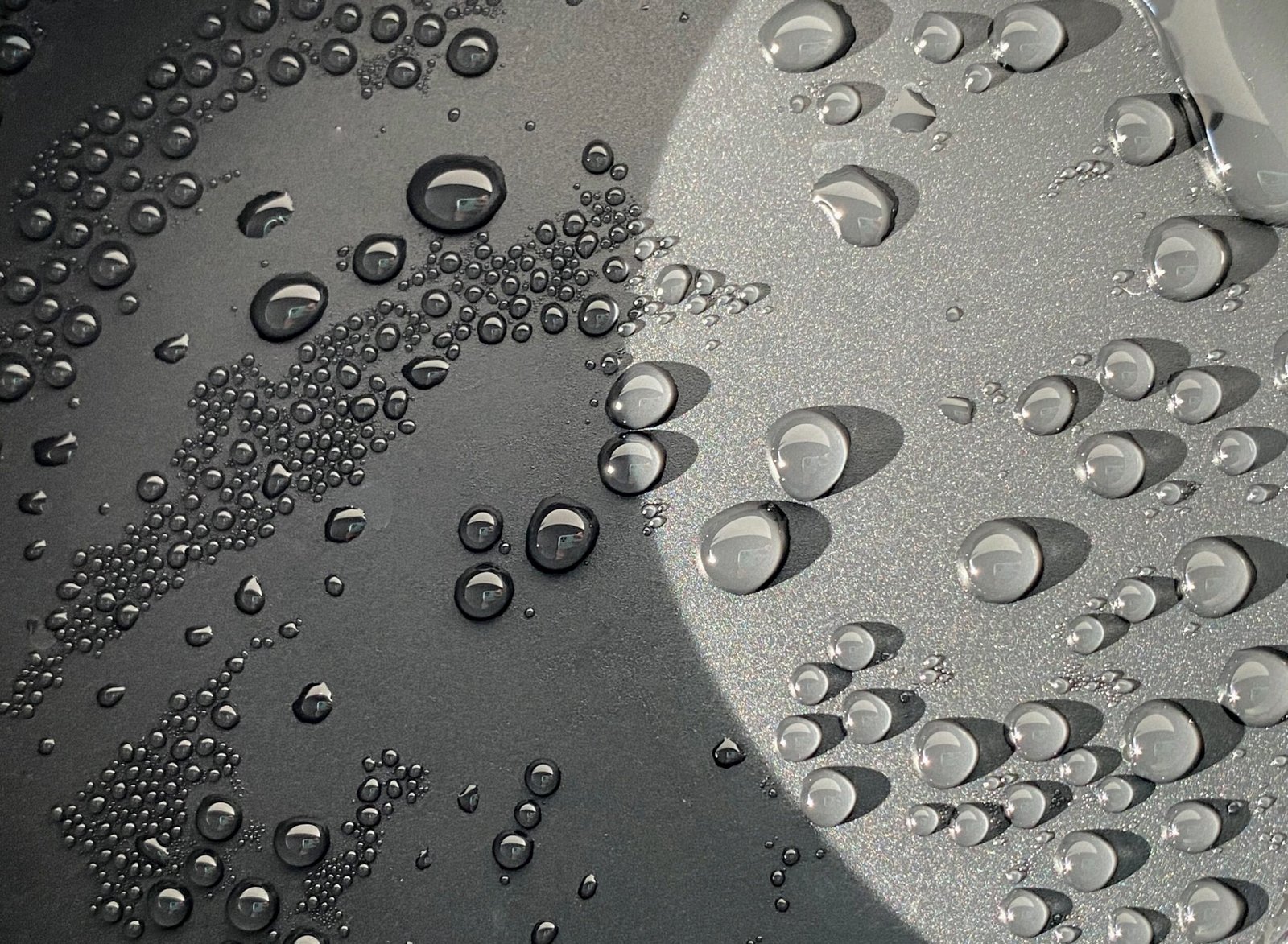

Cleaning and removal of debris
Clean the roof surface at least twice a year. Remove debris like leaves and twigs that can trap moisture. Use a soft-bristled brush and a non-abrasive cleaner. Rinse thoroughly to prevent damage to the EPDM material.
Repairing Damage
Address any damage immediately. Small punctures or tears can lead to bigger problems if left unchecked. Use a manufacturer-approved sealant or patching kit for minor repairs. For more significant issues, contact a professional.

Common Problems With Single-ply Epdm Rubber Roofing
Single-ply EPDM rubber roofing is famous for its durability and ease of installation. Yet, like all materials, it faces challenges over time. Awareness of potential issues can lead to quicker fixes and longer roof life.
Punctures And Tears
Punctures and tears can happen due to foot traffic or falling debris. They expose the roof to water damage and can grow if not addressed quickly.
Seam Separation
EPDM seams can separate over time. This is often due to poor installation or environmental stress.
Leaks
Leaks are a concern for any roof, and EPDM is no exception. They often start small and can lead to significant damage.
Common questions about Single-ply EPDM Rubber Roofing
Is Epdm Roofing Single Ply?
Which Is Better Single Ply Or Rubber Roofing?
What Are The Disadvantages Of Using A Single Ply Roof Membrane?
What Is The Best Single Ply Roofing System?
What is a single ply flat roof?
Contact denco liquid waterproofing today
Liquid waterproofing stands as a resilient solution for protecting structures. It adapts to varied surfaces, ensuring long-lasting defense against moisture. It has easy use and is very durable. It’s a great choice for smart builders and homeowners. Embrace this new method. Watch as your investment withstands time and weather.
For the best liquid waterproofing service for your property, we have a team of experts available to assist you at any time.
Get in touch
Ready to upgrade your waterproofing? Contact denco Liquid Waterproofing for expert service and premium quality.
Location
Unit 3a, Veka Building, Manor Way,
Swanscombe, Kent. DA10 0LL
Email us
denco.waterproofing@gmail.com
Call us
01689 824550
07921 517860

